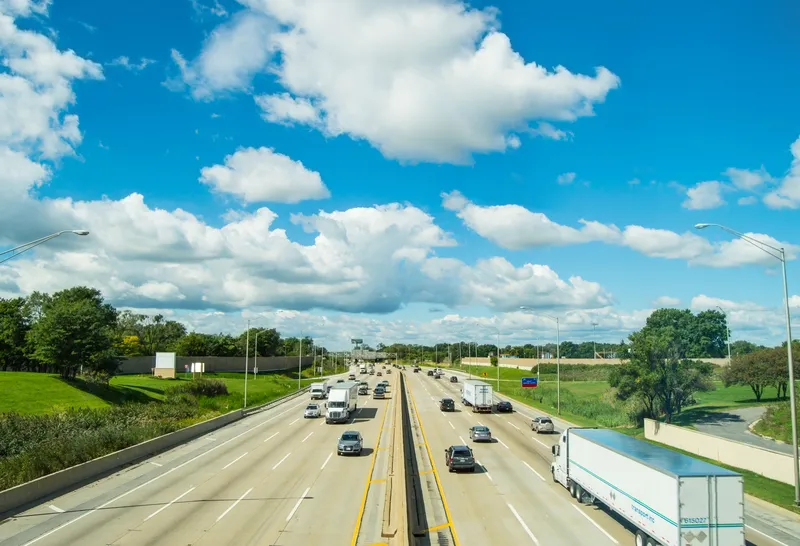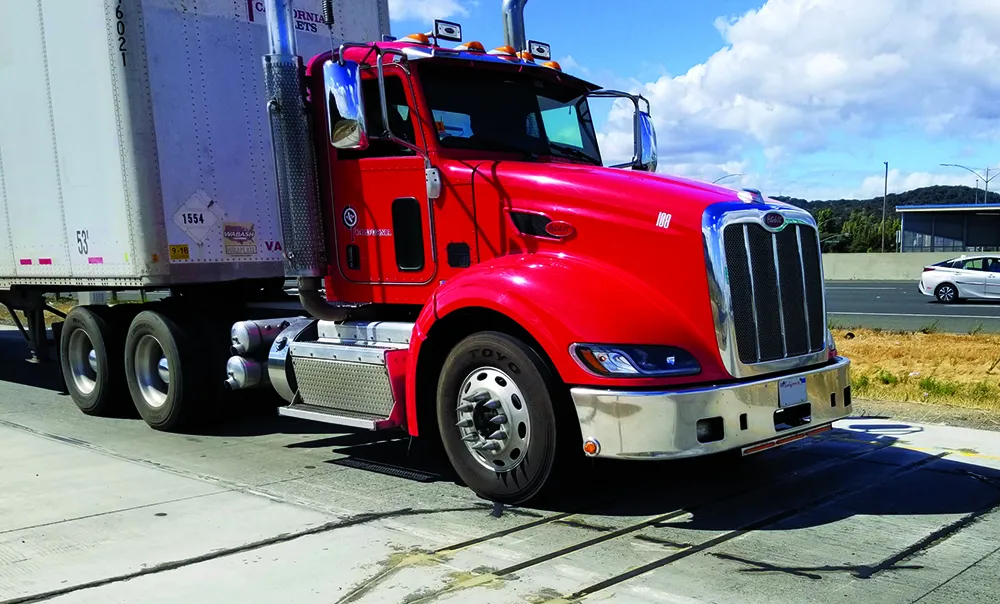
This system also provides information to identify tyres that are overinflated or underinflated at highway speeds, presenting new opportunities in data collection and safety as well as weigh station bypass system solutions. IRD says this is unparalleled by any other sensor or system currently available in the market.
In North America, IRD is best known for Weigh-In-Motion (WIM) systems for Commercial Vehicle Operations (CVO) and the company is also presenting its most recent developments in scales, sensors, and complete integrated ITS solutions.
It is showcasing products, software and fully integrated systems for automated truck weigh stations and overweight vehicle enforcement systems, advanced data collection systems, borders and ports security systems, bridge monitoring and safety, access control systems at secure facilities, and automated toll collection and audit systems. As IRD points out, its systems bring together WIM, machine vision, automatic vehicle identification and communications technologies to be a ‘one source, multisolution’ system integrator.








